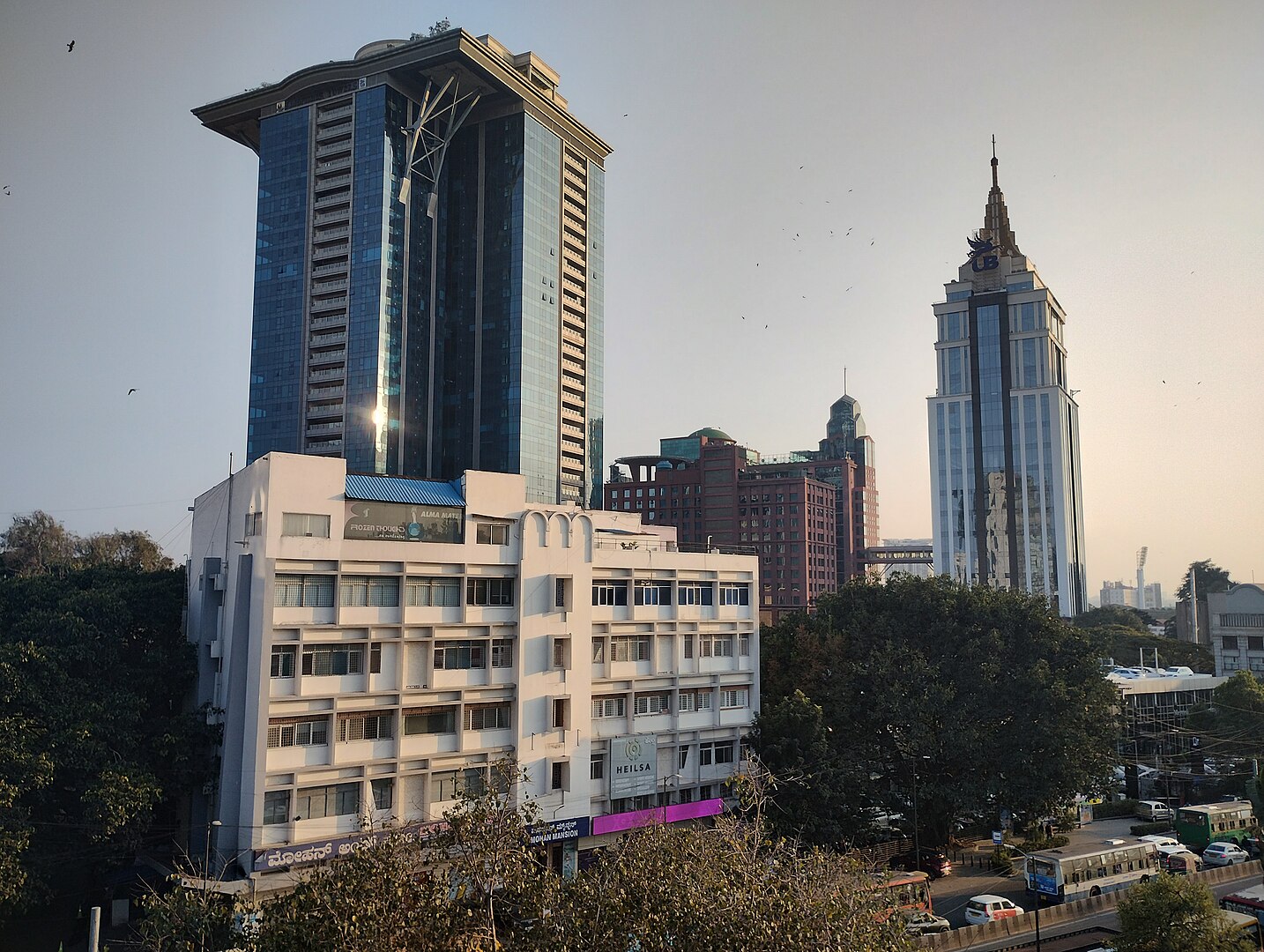A hostile immigration environment is prompting some Indians in the US to think of returning home.
The sudden decision by US President Donald Trump to increase the cost of H-1B visas to $100,000 has spurred policymakers in Delhi to recruit skilled Indians to return home.
Recently, a bureaucrat who is in direct contact with Prime Minister Narendra Modi stated that the government is actively encouraging overseas Indians to return and contribute to the nation-building process. However, another member of the Prime Minister’s economic advisory council stated at a media conference that H-1B visas have consistently been beneficial to the host nation. Consequently, the increase in the fee was a positive sign for India’s capacity to attract global talent.
The essence of these arguments is that the moment is opportune for India to implement a reverse brain outflow and attract some of the most talented professionals in technology, medicine, and other innovative industries who have departed the country in the past 30 years, back to the homeland. There is some anecdotal evidence that suggests a small number of Indians are considering this option due to the increasingly hostile immigration environment in the United States. However, numerous experts say that it will be simpler to convince hundreds of thousands of individuals to relocate from Bellevue to Bengaluru.
For instance, Nithin Hassan resigned from a $1 million position at Meta in the United States in order to relocate to India.
Nithin Hassan is one of the few Indians who has lived in the United States for the past two decades. Nevertheless, she took a giant leap of faith and returned to Bengaluru, which is often referred to as India’s Silicon Valley, last year.
It was not an easy choice. He resigned from a million-dollar position at Meta in order to explore the uncertain landscape of start-ups. Since his return, the tech savant Hassan has established two start-ups, one of which is B2I (Back to India), a platform that assists other Indians who have settled in the United States in overcoming the emotional, financial, and professional obstacles associated with returning home. He told the BBC that the US’s immigration policy shifts in recent months had led to a sharp spike in enquiries from people looking to relocate, and the H-1B fracas could accelerate this trend. “Many professionals now accept that a green card may never come, and queries to B2I have surged – nearly tripling since Trump’s second term began. In just the last six months, more than 200 NRIs [non-resident Indians] have reached out to explore return options,” said Mr Hassan.
Trump’s $100,000 H-1B visa shock: Why US may lose more than India?
Other headhunters who scout for Indian talent from US universities corroborate this change in sentiment.
Such change in attitudes could also be aided by a massive boom in Global Capability Centres (GCCs) – or remote offices of multinational companies in India in recent years – that have thrown up viable work opportunities for returning Indians.
These offshore operations could be where those from the tech industry relocate to if the US closes its doors to them, making GCCs “increasingly attractive to talent, especially as onsite opportunities decline”, according to asset management firm Franklin Templeton.
But driving reverse migration at scale will require a concerted and serious effort by the government, and that’s currently missing, says Sanjaya Baru, former media adviser to Prime Minister Manmohan Singh and author of Secession of the Successful: The Flight out of New India – a book on India’s brain drain. He said this was what Jawaharlal Nehru, India’s first prime minister, did back in the day to get top minds in areas like space and nuclear technology back home and build institutions like the premier Indian Institute of Science.
On the contrary, there are both pull and push factors that have led to highly qualified professionals consistently leaving the country, Baru said, and India has celebrated this trend, rather than arresting it.
The pull factors include a growing number of countries offering golden visas and citizenship or residency by immigration programmes. In fact, even as the US tightened its H-1B visa regime, countries such as Germany immediately laid out the red carpet for Indian skilled migrants, with its ambassador pushing the country’s credentials as a “predictable and rewarding destination”.
Poor physical infrastructure and urban congestion are major problems in Indian cities The push factors, meanwhile, are long-standing bugbears – such as a poor regulatory environment, tiresome bureaucracy and a poor ease-of-business climate that has led to an exodus of wealthy, high-earning Indians over the years.
The government’s own data shows that over half a million Indians have renounced their citizenship since 2020. Separately, India is among the top five countries globally seeing a flight of millionaires, who are taking up citizenship or residency elsewhere.
Hassan says the government needs to work towards reducing “several friction points simultaneously” if it is really serious about getting overseas Indians to return. This includes simpler tax laws, targeted incentives such as special start-up visas and fixing other more fundamental problems such as poor physical infrastructure and urban congestion.
It will also mean creating a better ecosystem for the highly educated to thrive – “including elevating the scale of R&D [research and development] and education back home”, says Mr Baru – precisely the stuff that made the US such a big draw for Indian talent over the past half a century.

